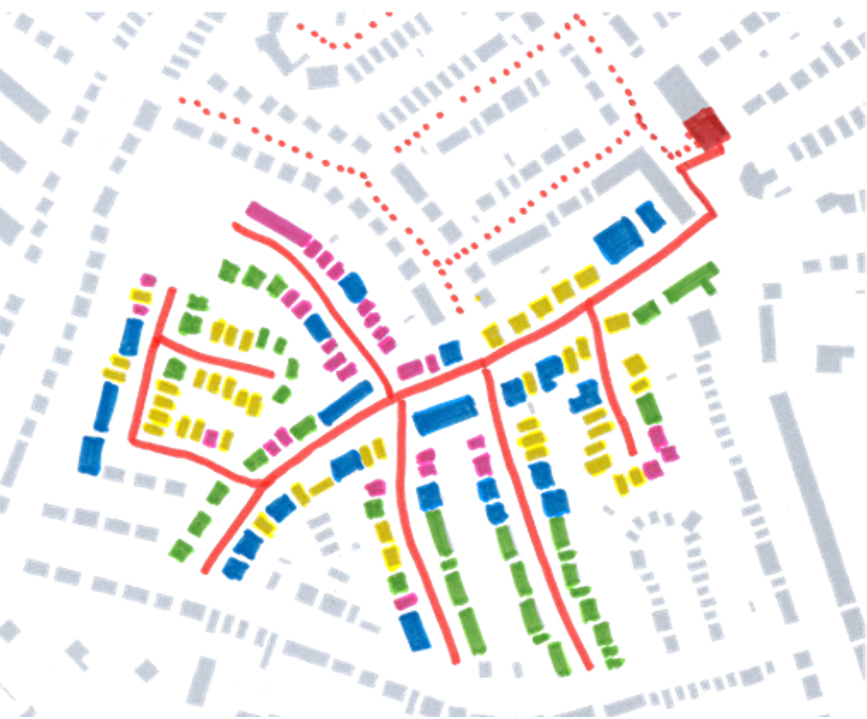LATENT
ResidentiaL HeAT As An Energy SysTem Service

LATENT (an EPSRC funded research project) brings together academic (UoS) and industrial partners (Good Energy, Nquiringminds) to create a research team specialising in household energy behaviour, statistically rigorous field trials, distributed electricity supply, residential energy systems, data analytics, Internet of Things (IoT) and commercial scale household energy supply. Together, they will address the fundamental user behaviour, technical thermal response and business environment challenges of delivering decarbonised heat electricity through seamless third party control of electrified residential heating.
LATENT offers a pathway to a low risk, low cost study of thermal preference and acceptance of automated, direct (3rd party) control of residential heating systems for grid support. It has access to (i) a cohort of ‘Smart Home Thermostatic Radiator Valve (TRV) + gas boiler’ customers, alongside a growing number of ASHP households, and (ii) a cohort of households that are representative of a subset of the wider UK stock, providing a longitudinal control for LATENT. These two cohorts enable the study of the real impacts at scale of decarbonisation of heat through ASHP without the costly, time and labour intensive process of recruitment, hardware deployment, system maintenance and decommissioning which is the major challenge of all field trails.
LATENT is a 5 workpackage, 48 month longitudinal study developed to answer the following research questions:
- Which areas (demographic and location) will decarbonise heating via a switch to heat pumps or hybrid heat pumps?
- What impact will the switch to heat pumps have on local electricity demand and how does this coincide with distribution network stresses?
- How do the thermal properties of a dwelling influence the potential duration of heat deferral?
- What density of participating households would be required to achieve useful demand reduction in areas experiencing distribution network stresses?
- How does the deferrable capacity vary according to customer characteristics and circumstances?
- To what extent do customer personality traits (OCEAN±, Openness, Conscientiousness, Extraversion, Agreeableness, Neuroticism) affect the potential for deferral of heat loads? How do customer traits influence the messaging and intervention strategies that can be applied?
- What is the financial and contractual mechanism that could be created between the DNO, electricity supplier and householder to make this happen seamlessly?
- How do householders understand energy as a service as opposed to pay as you use models?
- To what extent are domestic customers comfortable with the deferral of space heating? How does acceptance of heat disruption vary with customer trait and financial reward level?
Results of the work packages will be applied using spatial microsimulation modelling techniques to estimate the impact of deferrable heat loads on different distribution network topographies. This technique provides a method to take micro data in the form of household load profiles from a set of customer archetypes, combined it with geographical data providing the spatial distribution of archetypes, to produce small-area estimates of network loads and load reductions.


Click here for more information on engagement and outreach activites and for further information on the project simply email latent@soton.ac.uk.



